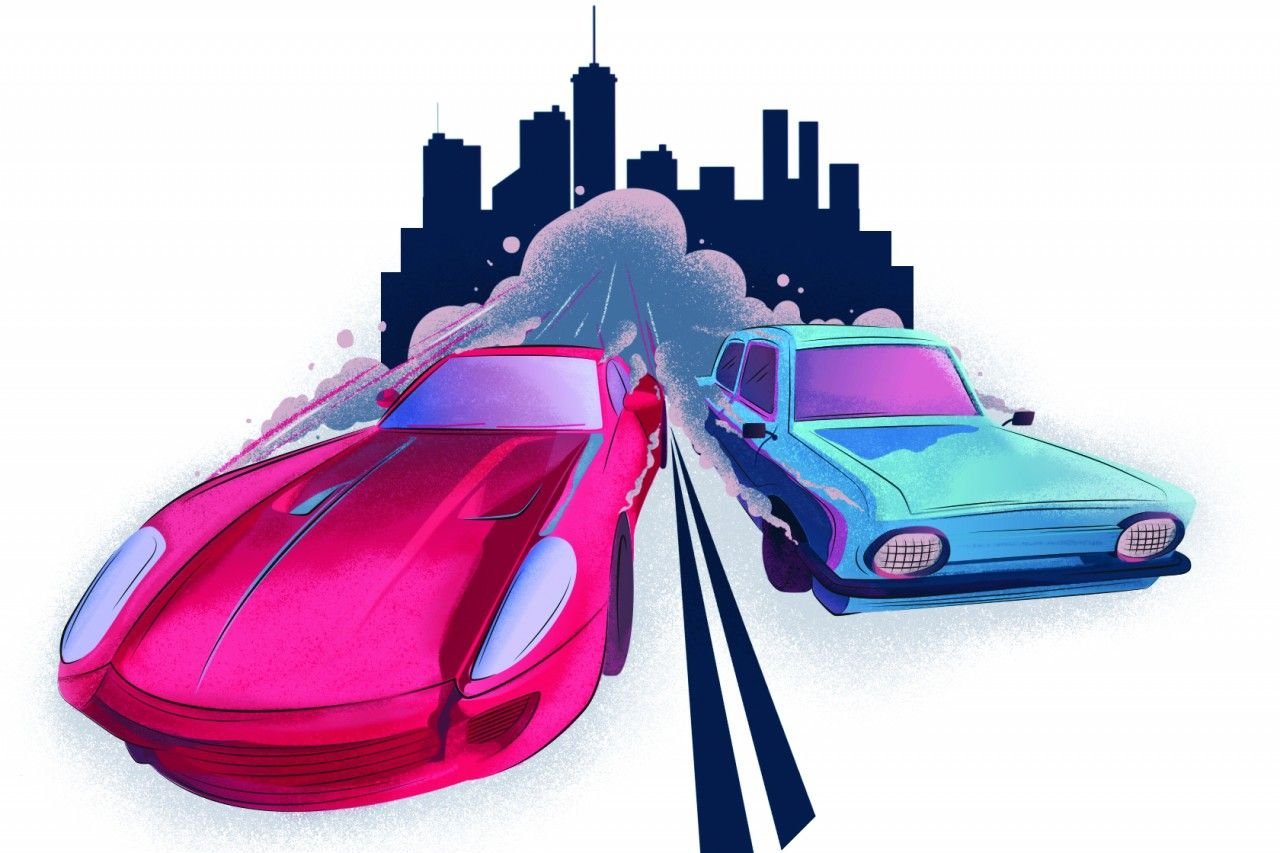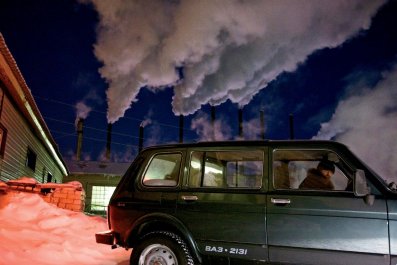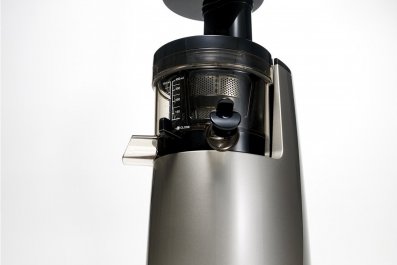For a spell, at least, the U.S. economy seemed as if it would once again defy pessimists and break out of its rut. Adjusted for inflation, gross domestic product—the broadest measure of economic output—expanded at an annual rate of 4.1 percent and looked on track to grow above 3 percent in the final quarter of 2013. Things look less rosy now.
Recent gross domestic product data show the economy downshifted to 2.4 percent growth at the end of last year, not the 3.2 percent initially reported. Economists expect growth to slow even more in the current quarter due for a variety of reasons, including cold weather and lukewarm consumer spending.
Welcome to the 2 percent economy. Since the Great Recession ended in 2009, the U.S. economy has grown at the lackadaisical rate of 2.3 percent, on average. Government agencies predict mediocre growth will continue for some time, actually a long time. Congressional Budget Office economic forecasts for the next decade predict average GDP growth of just 2.6 percent a year from now through 2024.
To put those 2 percent numbers in context: From the end of World War II until 2013, including good times and bad, the U.S. economy grew 3.3 percent on average. So how big a deal is a percentage point? For the U.S. economy, about $160 billion. But more importantly, for most Americans sluggish growth means a weak job market with low mobility and little chance of higher pay. The last time the U.S. employment market was really hot was the last half of the 1990s. Back then GDP was growing at an average annual rate of 4.5 percent. If the Congressional Budget Office's 2.6 percent GDP projection is correct, then it will be years before we experience anything like that again.
Recently former Treasury Secretary Larry Summers referred to the trend as "secular stagnation." Whatever you call it, the 2 percent economy may be here to stay. That's because of a few key factors. First, interest rates are effectively at zero so no amount of credit easing is likely to stimulate the economy. Second, there's no political will to back the kind of government spending that might juice growth.
Longer term though, slower population growth could help keep the economy stuck in low gear. A growing population drives higher demand for housing and consumer goods and services, requiring business investment and fueling a virtuous cycle of growth. Population growth has tapered off since the baby boom, registering less than 1 percent in recent years. Without that important source of economic growth, the once exceptional U.S. economy may remain decidedly ho-hum.























